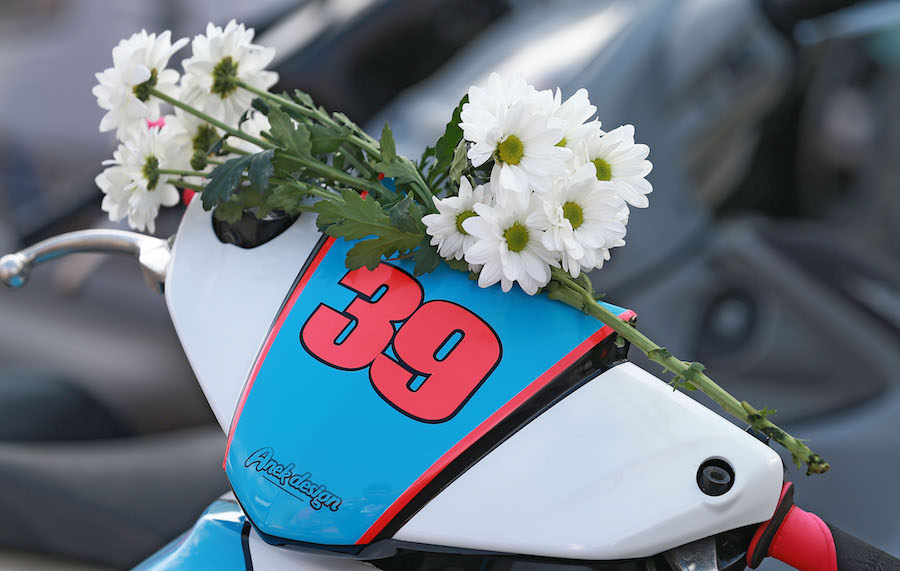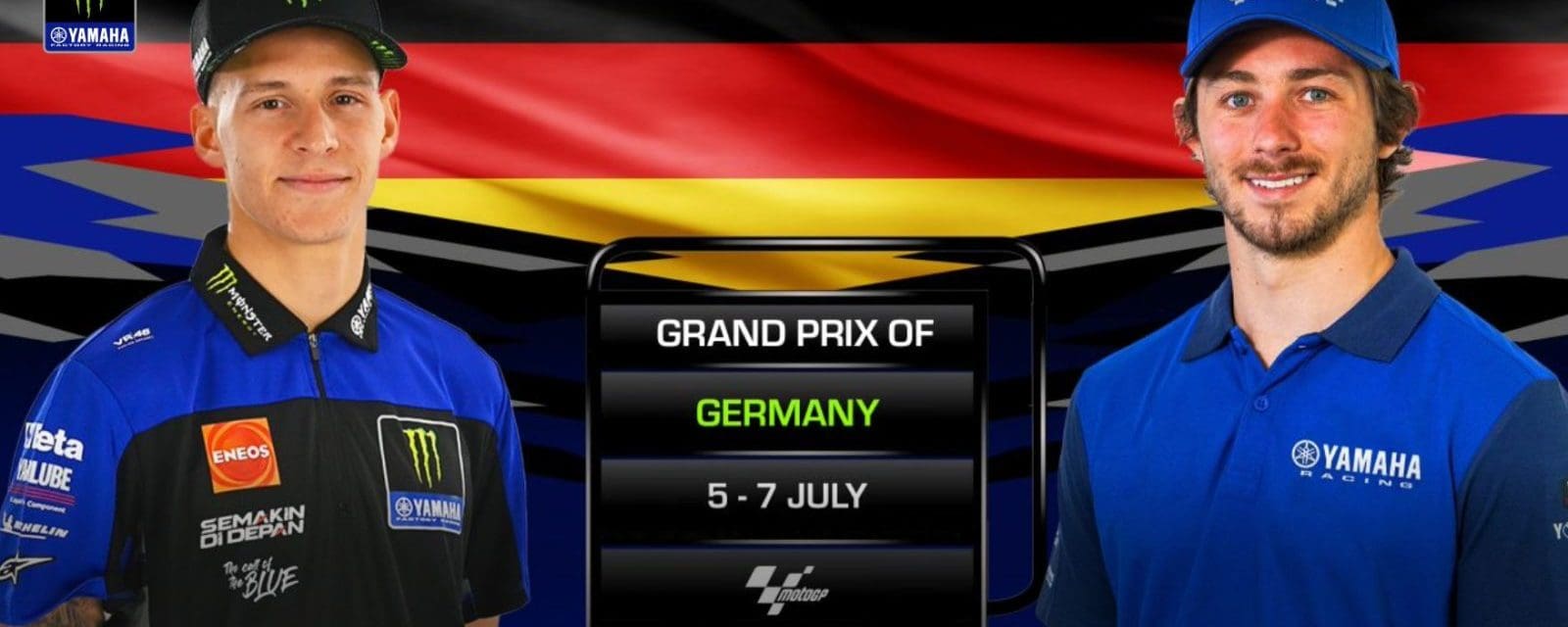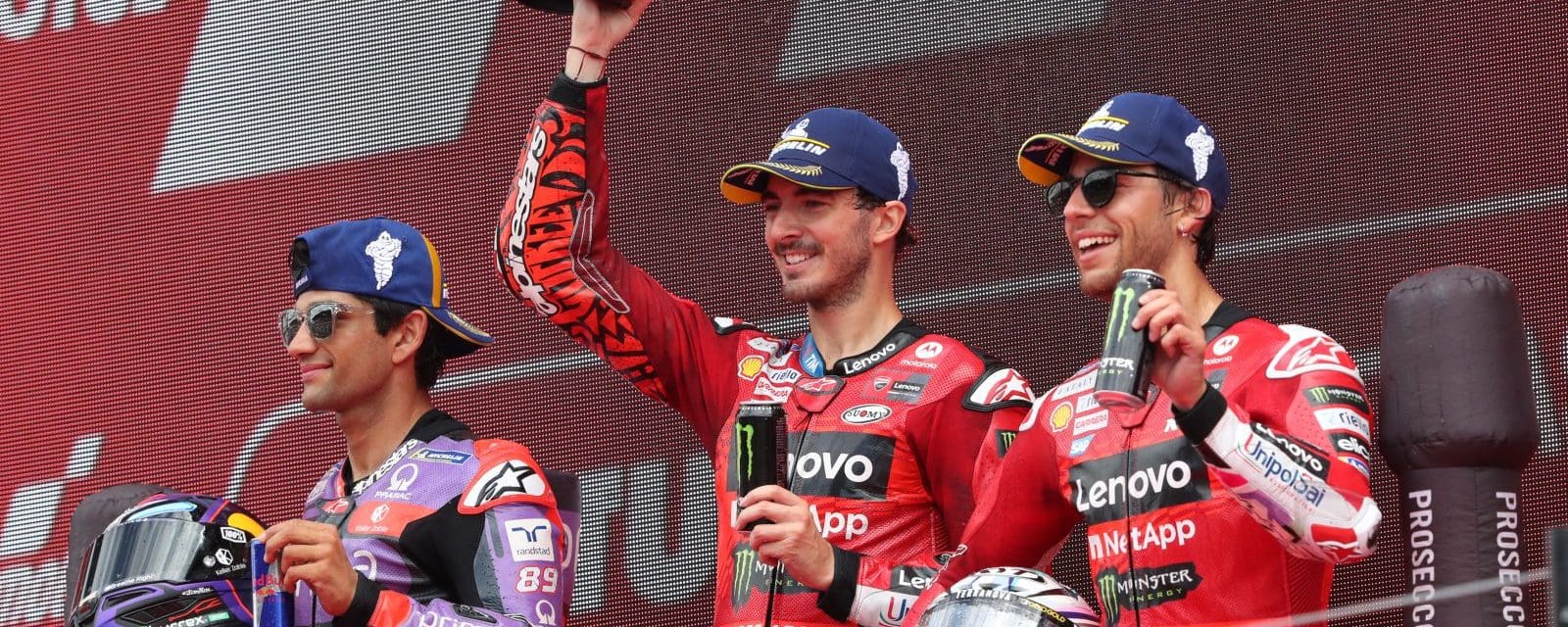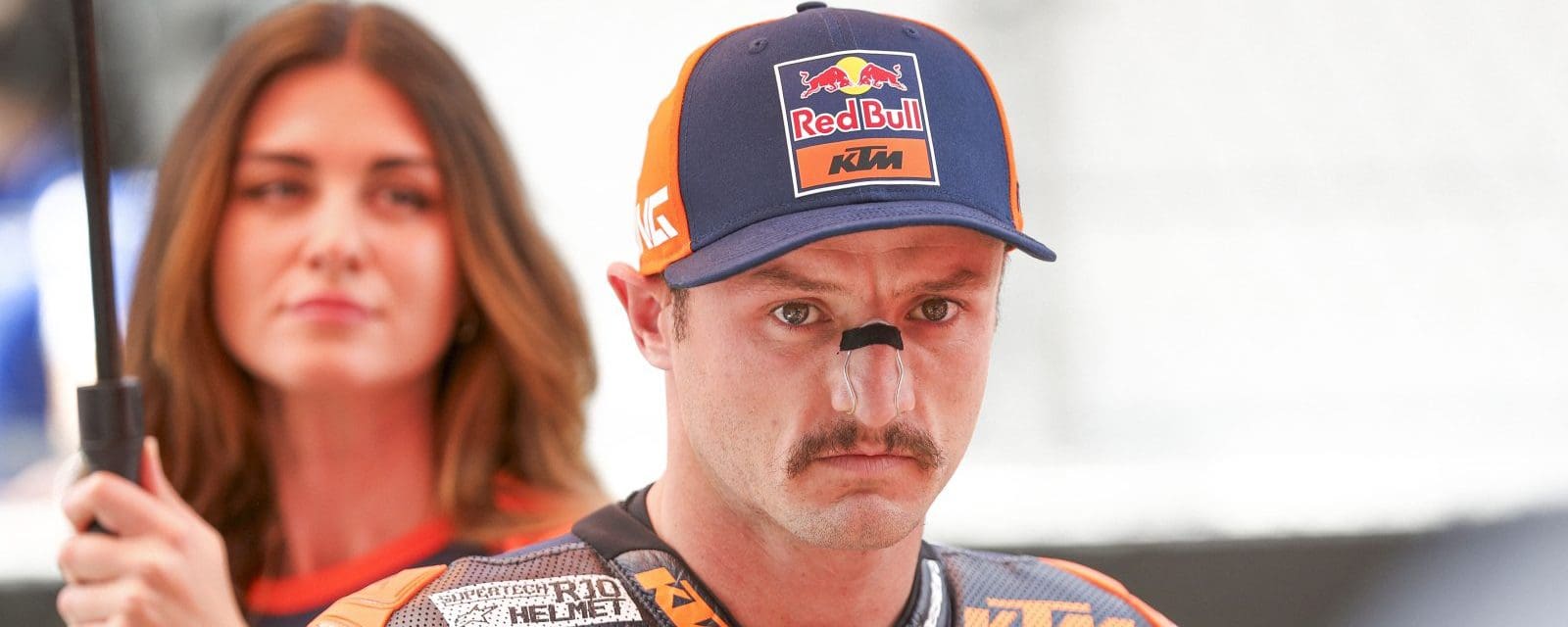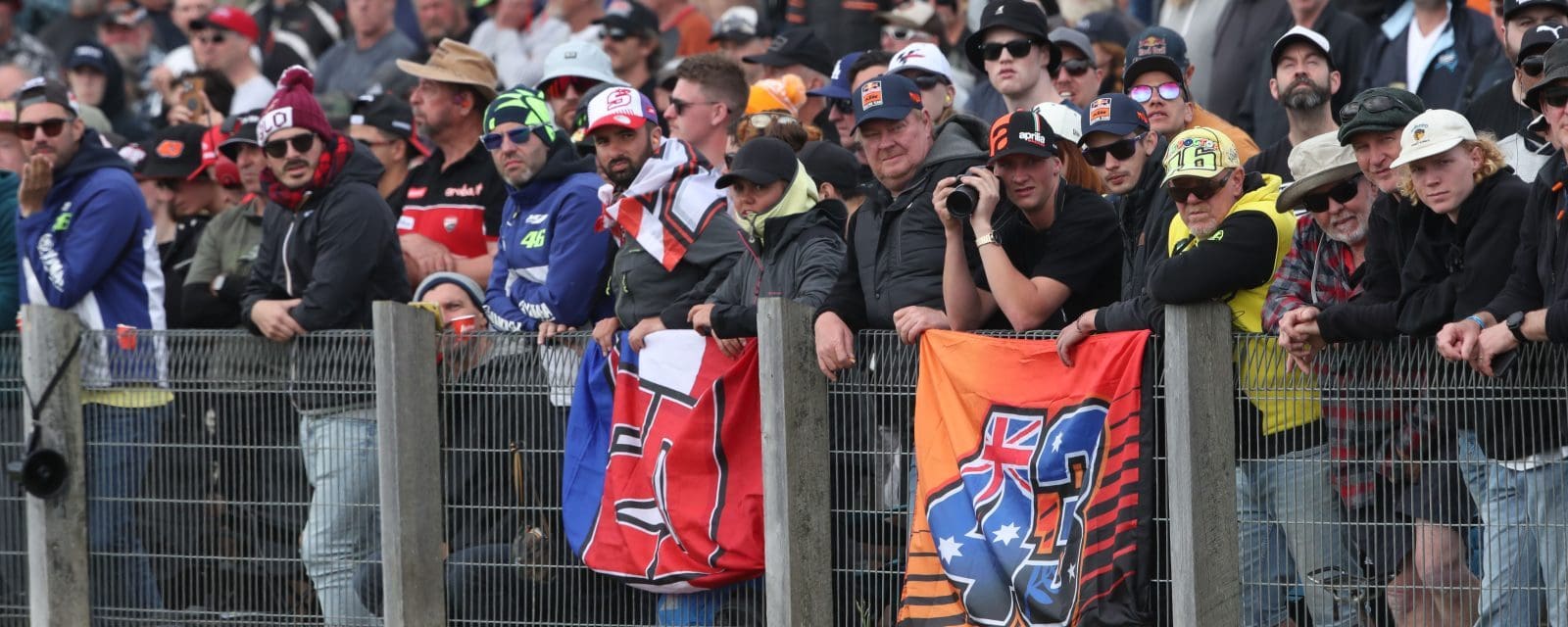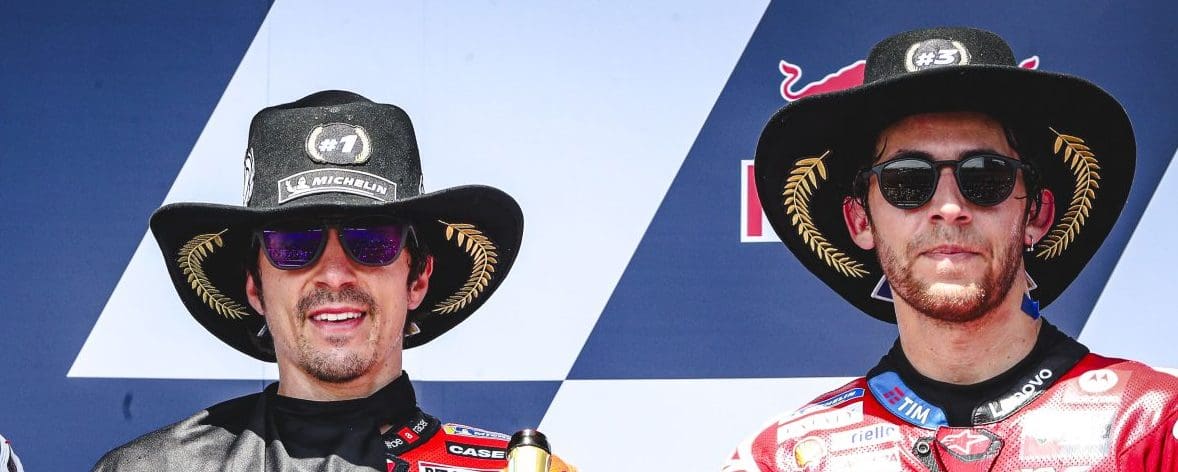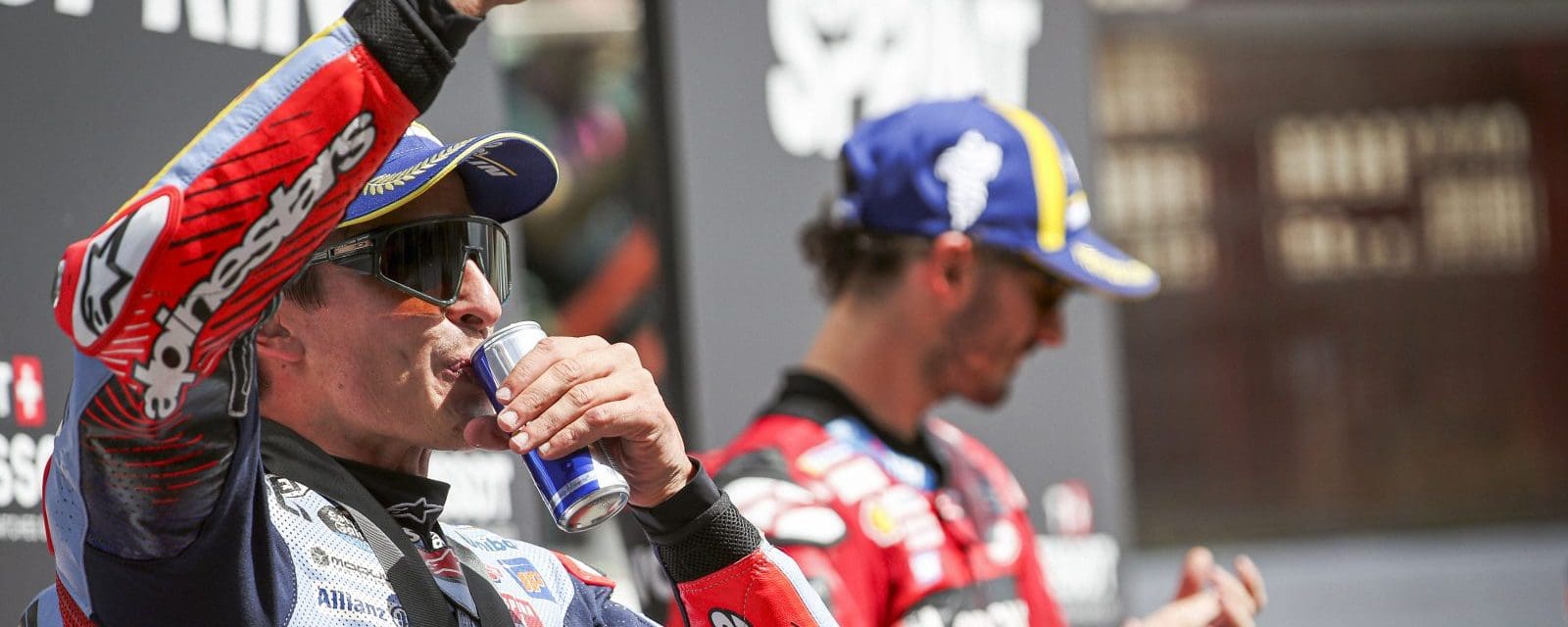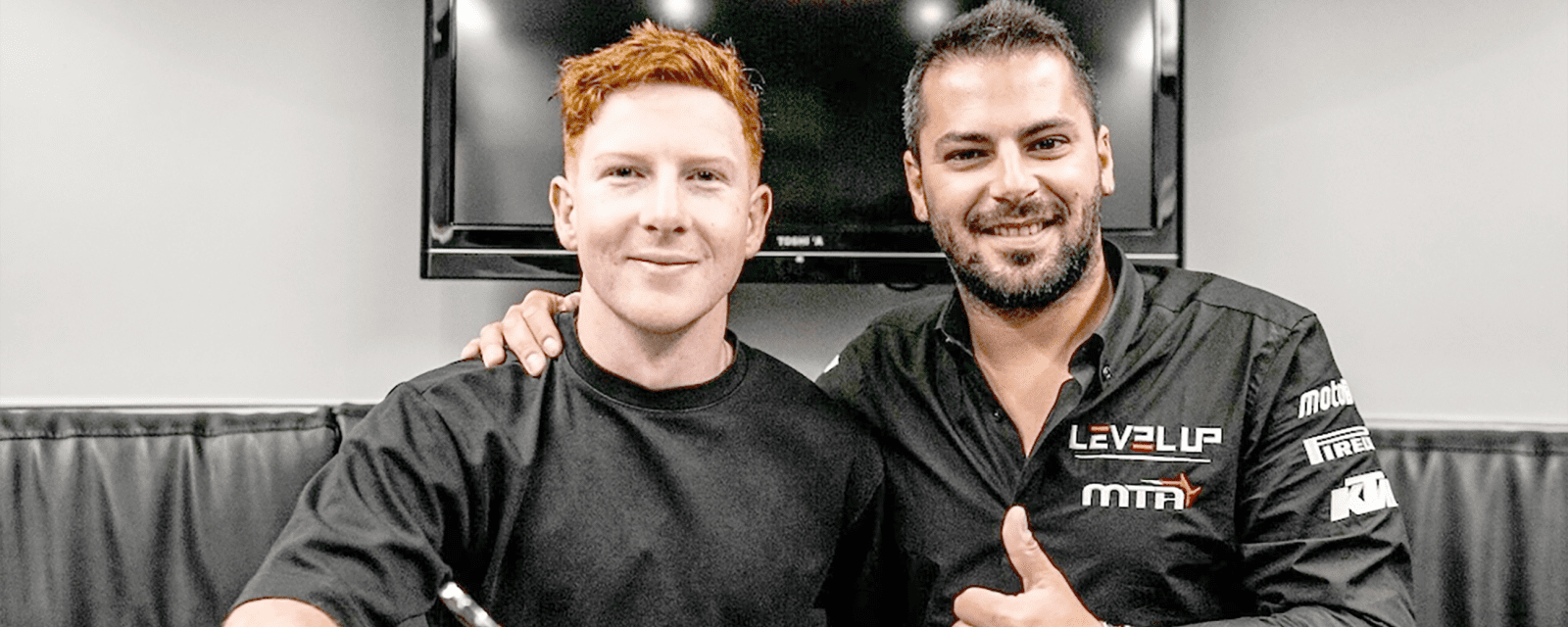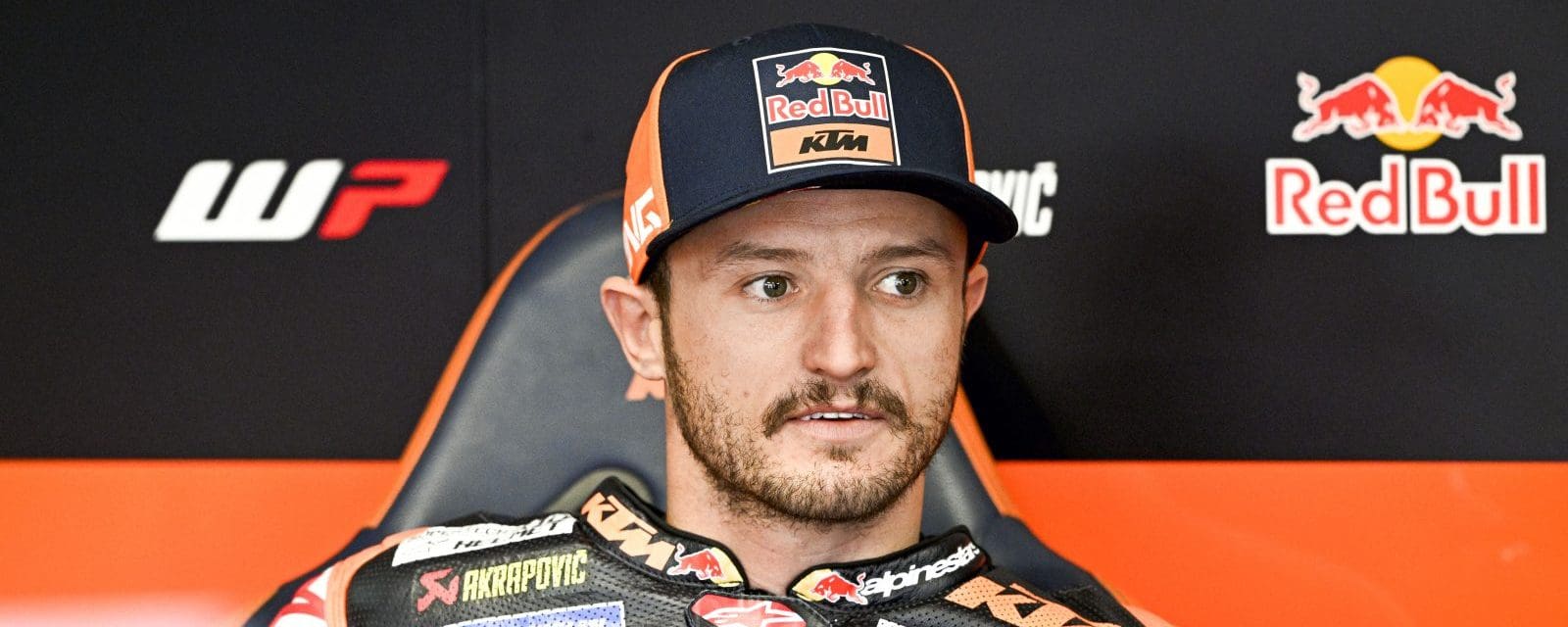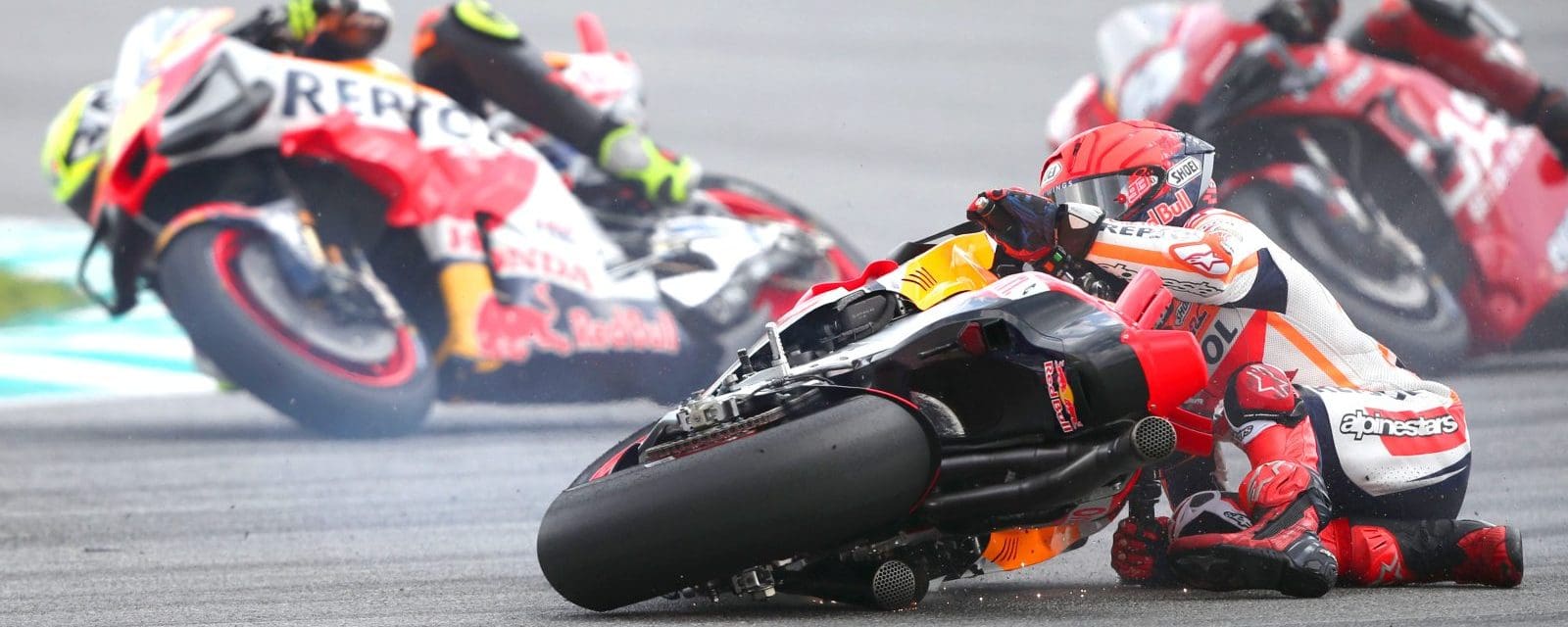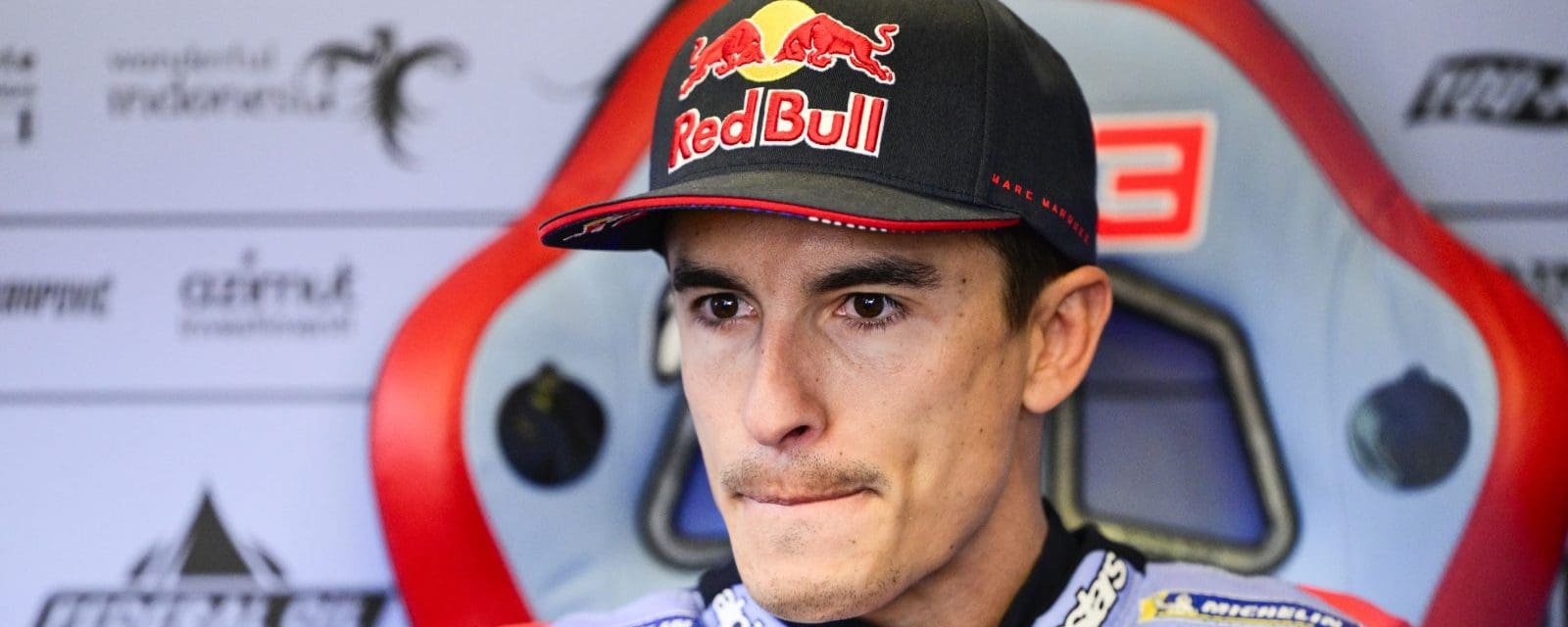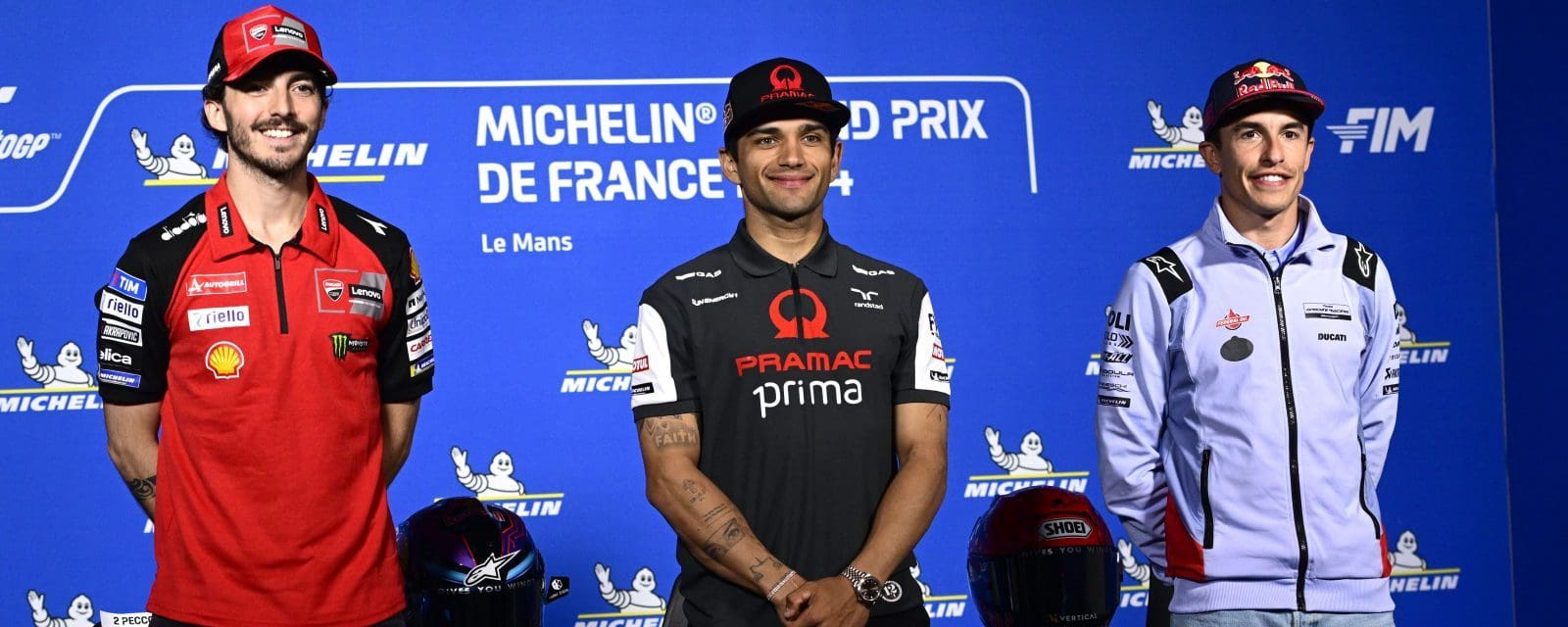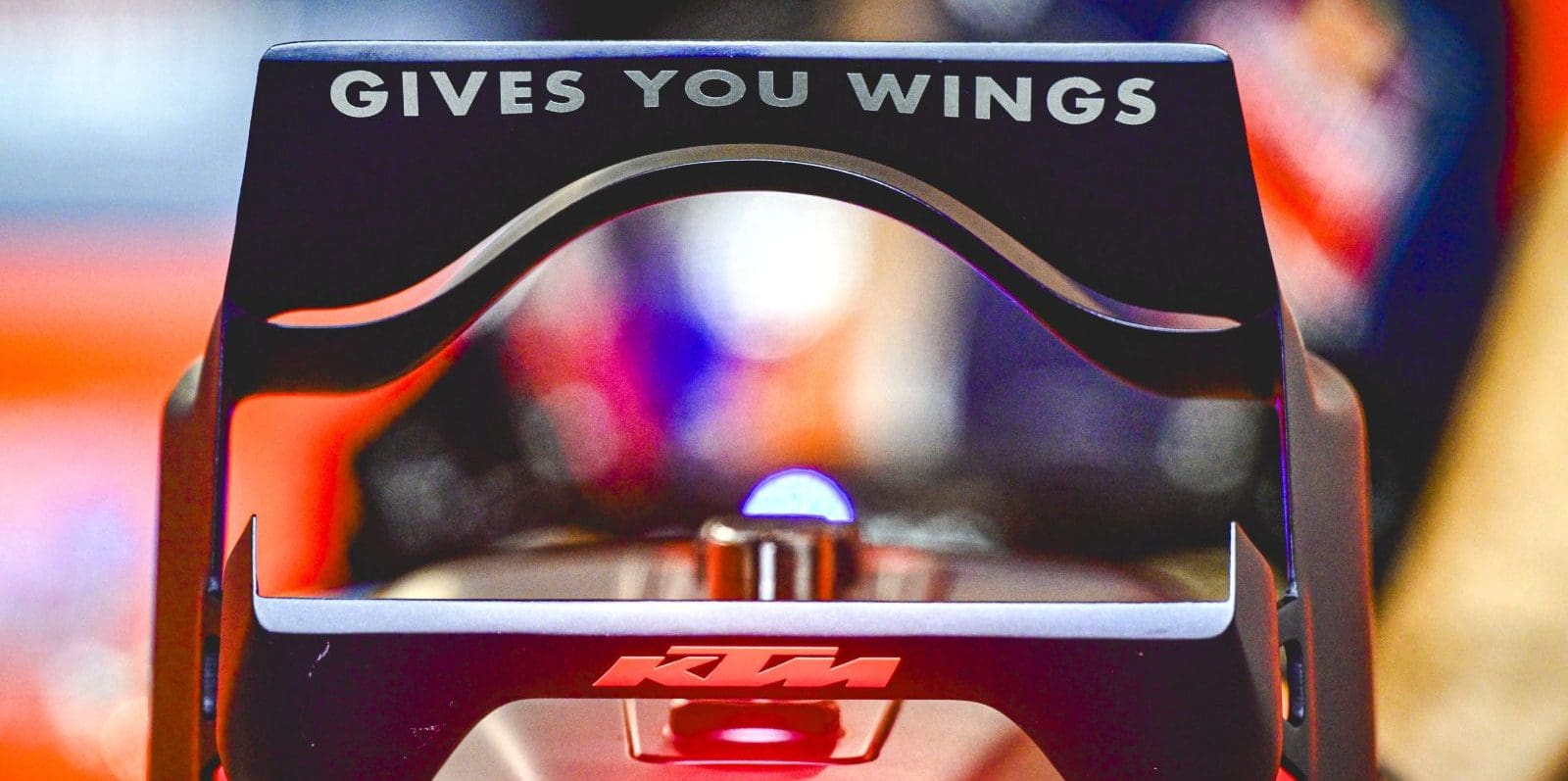Valentino Rossi’s recent comeback from a broken leg is already the stuff of legend. Or is it? Rossi fractured his right tibia and fibula when he slid off a dirtbike. His tibia was fixed with the usual surgical nail, inserted by drilling through the top of the tibia and hammering the nail through the bone, but the leg should immediately be as strong as it was before the break. The pain, however, is another matter.
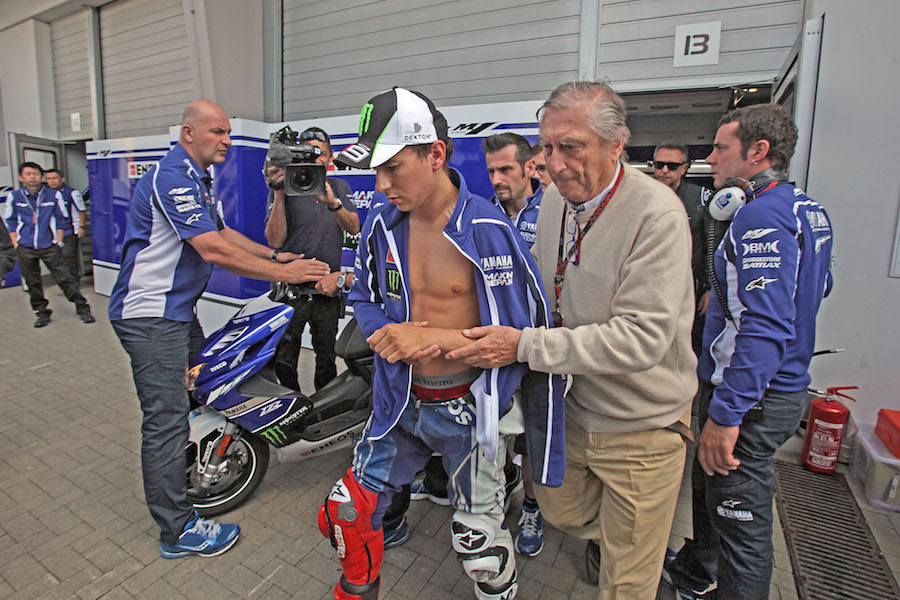
Motorcycle racers are used to dealing with pain. Rossi raced at Aragon 23 days after sustaining his injury, which isn’t unusual. Most famously, Jorge Lorenzo raced at Assen in 2013 less than 48 hours after having a broken collarbone pinned and plated. This is the price MotoGP stars pay for their fame and fortunes.
Rossi arrived at Aragon walking with the aid of a crutch. Sidekick Uccio Salucci offered him his crutch after FP1 and Valentino refused it. Salucci did the same after FP2. “No!” came the reply, this time louder and angrier. Rossi said afterwards that he was riding “without a lot of pain”, but then his assessment of pain is probably very different to ours.

After the wet FP1 session, Rossi likened riding the M1 with rain tyres to riding his pimped-up R1 superbike on slicks in the dry, which gives you some idea of the forces generated on a MotoGP bike. Yamaha engineers estimate that Rossi puts 110 kilos through each footpeg when he steers his M1 from side to side, which is a lot of load to take on a broken leg – even if it has been pinned.
Like most top riders, Rossi shrugs off pain and injury because he knows it’s an inevitable part of the job. It would be pointless doing what he does if he couldn’t deal with it. If you can’t handle it, go and do something safer, like car racing, or accountancy.
WORDS MAT OXLEY PHOTOGRAPHY gold & goose
Read the full story in the current issue of AMCN (Vol 67 No 09) on sale now!
